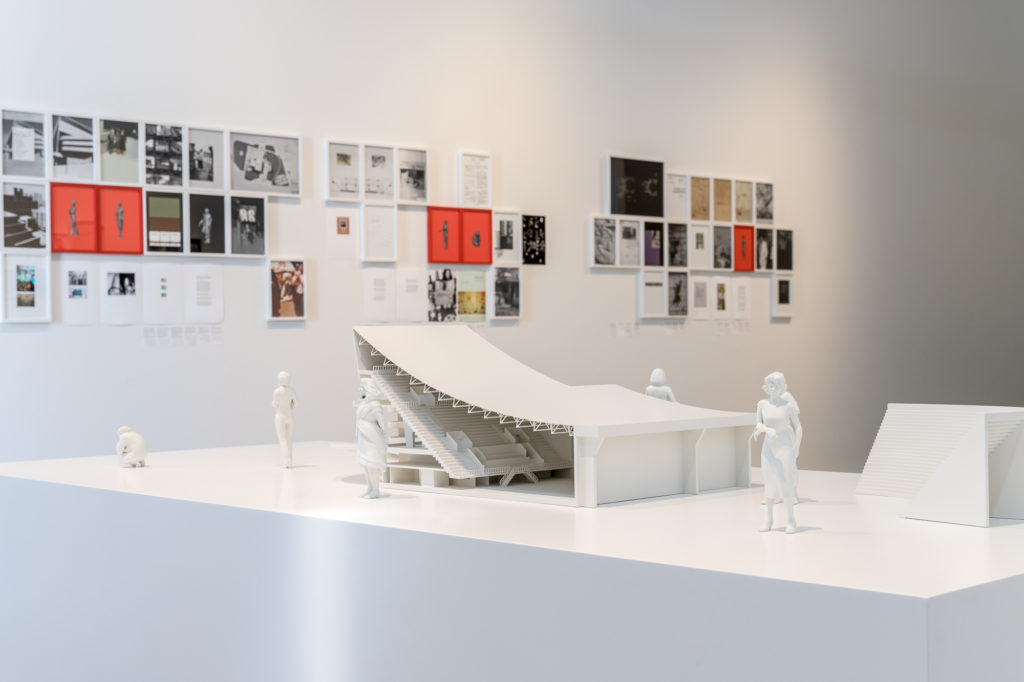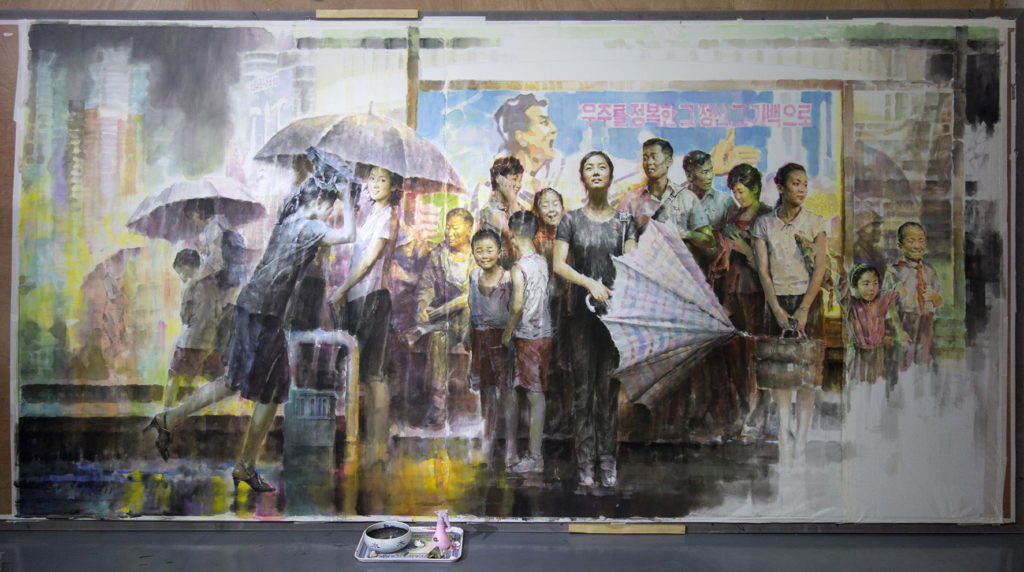Gwangju Biennale 2018: Imagined Borders
Written by Maria Lisak
Photographs courtesy of Gwangju Biennale
The Biennale is always an excellent critique on society. One may think that the exhibits on offer at the Biennale are only traditional paintings or statues, but these exhibitions that occur every two years take the art world into the social and back again.
Running this year from Friday, September 7, until Sunday, November 11, at several different venues in Gwangju – the Gwangju Biennale Exhibition Hall, the Asia Culture Center, the Gwangju Civic Center, Mugaksa Temple, the Leekangha Art Museum, and the Alternative Space Hothouse – the 12th Gwangju Biennale welcomes 165 artists from 43 different countries within seven different exhibitions.
The Gwangju Biennale Commission, this year composed of Adrian Villar Rojas, Kader Attia, Mike Nelson, and Apichatpong Weerasethakul, intersects Gwangju’s democratic history with explorations of today’s political, cultural, physical, and emotional ideas of borders in our global community.
Eleven curators have organized seven different exhibitions around the concept of borders, bringing in the Pavilion Projects to explore the local, as they are situated all around Gwangju, while showcasing the global through the work of international artists. This outreach concept is similar to previous Biennale efforts, which gave Gwangju a powerful series of follies in the downtown area surrounding the Asia Culture Complex. The Gwangju Biennale brings the global to the local neighborhoods of Gwangju to instigate a cosmopolitan experience, eliciting a lens to question how life is lived, both here in Gwangju as well as all around the world.

These exhibits and special projects not only take us all around Gwangju, but all around some very difficult issues facing humans today, from nations and utopias, to phantoms on the borders. To the ends and the returns within virtual space. And we get shaken by the faultlines, making survival a paradox that makes up our modern world.
The point of this exhibition is to create critical discussion on visual culture and what we know. The discursive borders that we crisscross on a daily basis are collected and curated into spatial focus on the history of Gwangju, encouraging local citizens to engage with artists through art and community programs as well.
Clara Kim curates Imagined Nations / Modern Utopias. The past informs our present. Kim explores this conceptualization as a desire to find one’s place in the world, one’s own modern utopian dream. By investigating modernism, architecture, and nation-building in the mid-20th century, a path of exploration through the exhibit’s rubble and new constructions invites attendees to walk through and recognize one’s own dream in the stories of others.

By starting a dialog with the Gwangju Biennale’s 1995 theme Beyond the Borders, Gridthya Gaweewong’s Facing Phantom Borders engages a critical discussion on the positive frame of mobility that the 1995 exhibit introduced. Does globalization bring the dreams of a bright, utopian future? Listen to the phantoms in the exhibit and answer for yourself.
Ends: The Politics of Participation in the Post-Internet Age, by Christine Y. Kim and Rita Gonzalez, focuses on the digital divide and analyzes the power at play to access and the worlds that get left behind as well as those that get ahead. While South Korea is sometimes seen as the most wired country in the world, looking at the juxtaposed “cybersteroids,” a participant can join the conversation.
In Returns, David Teh re-enacts important Gwangju Biennale moments in this, the 12th edition in 23 years. A contemporary point of view is shared from a number of artists, curators, and scholars who act as “tour guides” re-telling these moments.
Faultlines, by Yeon Shim Chung and Yeewan Koon , uses the metaphor of a “fault” or a crack in the Earth’s crust as a way to read the problems in our lives. What are the cracks in your life causing – social, political, or psychological wounds? Precarity is our common experience. Check out this exhibit to help heal and challenge your viewpoint.

Paek Chong-ok’s Symmetrical Imagination, Kim Sungwoo’s Momentum Temporary, and Kim Manseok’s Assembly and Non-place are three parts of the exhibit Art of Survival: Assembly, Sustainability, Shift. These contemporary South Korean curators organize local artists from the Portfolio Review Program into experiences of art as part of our survival, whether from the micro or the macro perspective.
North Korean Art: Paradoxical Realism, by BG Muhn, is a curation of the world’s largest exhibition on socialist realism art. With more than 40 Joseonhwa, or North Korean art, the view of a large-scale painting co-created by a group of artists is a must-see.

The Gwangju Biennale 2018 is a well-placed exploration into the multi-modal dimensions of living in a world of borders. South Korea is at the forefront of imagined borders as North and South Korean leaders meet. Attending this Biennale can be one of the best ways to connect local borders to imagined ones, whether political, cultural, physical, or emotional. It is a wonderful chance to understand the borders in our global community.
The Author
Maria Lisak is celebrating the 22nd anniversary of her first steps in South Korea this year. From the Midwest in the US, her Chicago accent still plagues her Korean pronunciation. She has been teaching public administration and social welfare at Chosun University since 2012. You can check out her degree pedigree on her blog: koreamaria.typepad.com/gwangju







